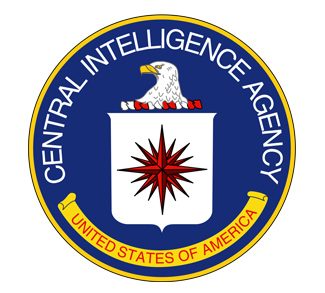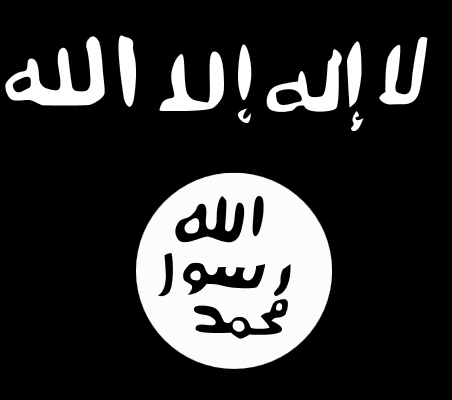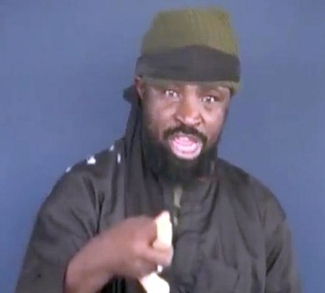Executive Summary
Following the December 1991 cancellation of elections by Algeria’s governing National Liberation Front (FLN) after gains by the Islamic Salvation Front (FIS) in the first round of voting, Islamist guerrillas launched a decade-long civil war of horrific brutality that claimed upwards of 200,000 lives. Yet there is compelling evidence that suggests the covert manipulation of opposition forces by elements of the Algerian government, supported by the West, as well as military collusion in massacres officially ascribed to Islamic rebels.
Analysis
Coup and Initial Conflict Phase
In the wake of anti-government riots in 1988, President Chadli Bendjedid initiated a policy of gradual democratization, leading to the multi-party contest of 1991. When it appeared the FIS was set to wrest power from Algeria’s ruling FLN the military intervened, canceling the election, banning the FIS, rounding up tens of thousands of its supporters into detention camps, and forcing Bendjedid from office in January 1992.[1]
Western powers such as the United States and France supported the coup “in an effort to prevent Islamic fundamentalists coming to power through the ballot box.”[2] “A democratically elected Islamist government hostile to American hegemonic aspirations in the region…was considered unacceptable in Washington…. More important was the army government’s willingness to collaborate with American regional ambitions.”[3]
Armed opposition initially coalesced around the Islamic Armed Movement (MIA), the ad hoc guerilla wing of the FIS, and its targets were typically selective, principally army and police units. In early 1992 MIA (later reconstituted as the Islamic Salvation Army (AIS)) was eclipsed by a previously unknown group, the Armed Islamic Group (GIA), which quickly became notorious for its ferocity and uncompromising ideology.



